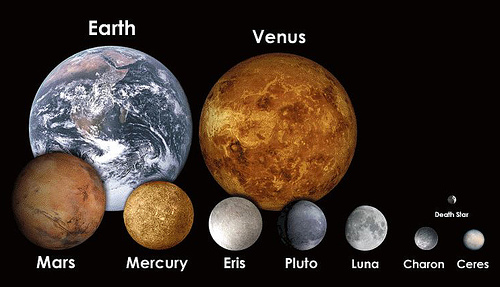Hora local de la Tierra 16.02
Aquí el teniente al mando.
El capitán está realizando cálculos para dirigir la nave de vuelta a la Tierra, nuestra casa.
Y, por fin, aparece Neptuno. Nos alejamos rápidamente debido a los fuertes vientos que azotan su superficie.
Comienza la última recogida de datos y de fotografías.
Damos gracias por el apasionante viaje realizado que nos ha permitido admirar de cerca nuestro universo, más allá de las estrellas. ¡Corto y cambio!
Last day before the return trip to Earth.
Local time on Earth 16.02 p.m.
Here the lieutenant in charge.
The captain is calculating to steer the ship back to Earth, our home.
And finally, Neptune appears. We left quickly due to strong winds that hit the surface.
Begin the final collection of data and photographs.
We give thanks for the exciting journey undertaken has allowed us to admire our universe, beyond the stars. Short and change!























